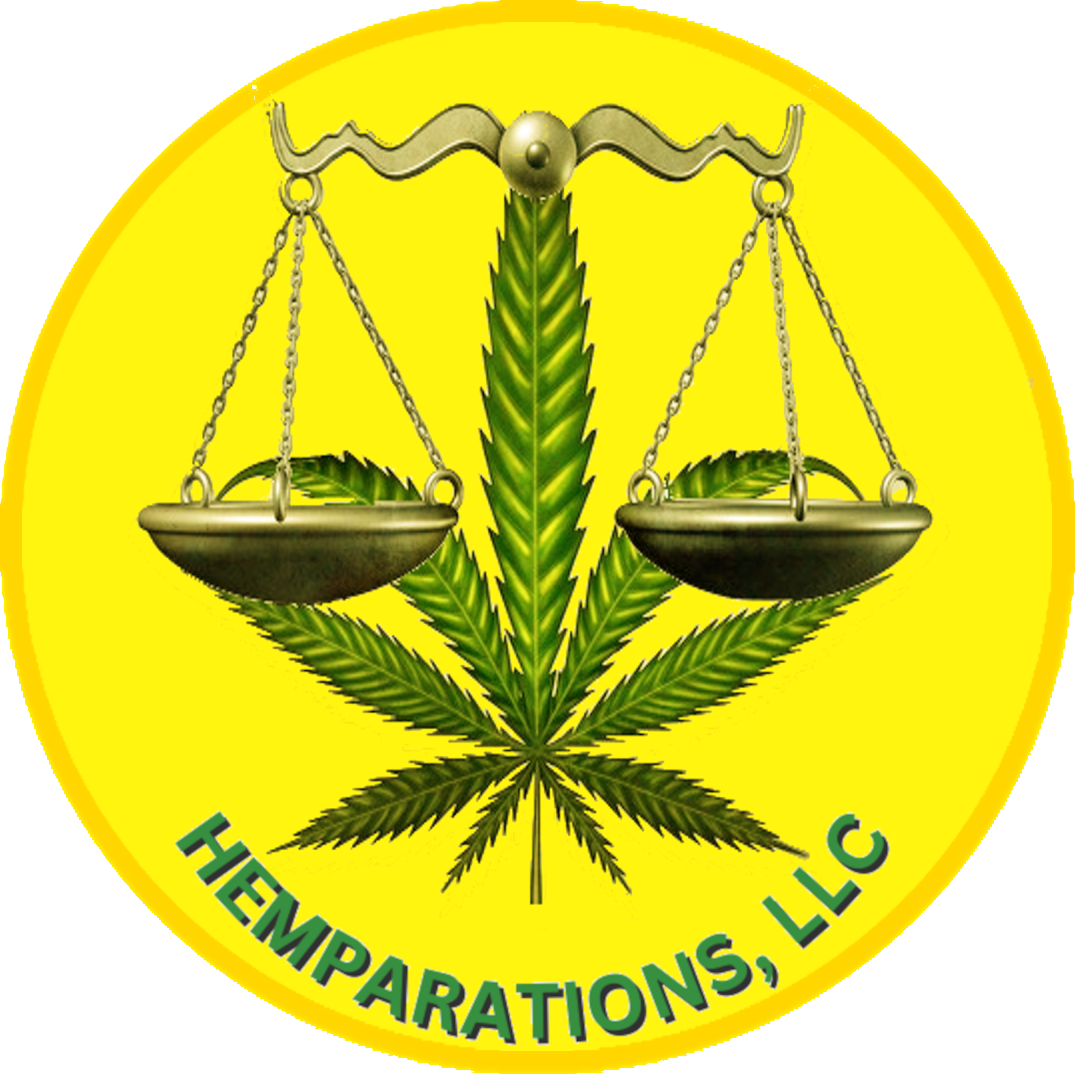
What We Do
The collective visions of the founders is to promote. develop and establish climate-smart business platforms with environmentally sound practices that develop circular economies at world class levels.
Our Mission
HEMPARATIONS, LLC is a “Minority Woman Owned”, New York State, Limited Liability Company, organized for the purpose of establishing a Climate-Smart, Regenerative Agricultural, Commercial Scale, Industrial Business Platform that will include a Business Education and Development Incubator with the opportunity to establish Hemp Processing, Warehousing and Distribution. We are located in Central New York Region. This will add to our goal of providing the opportunity for participation in the Hemp Industry for all people.
We will assist segments of populations and communities most effected by circumstances due to all forms of discrimination (inter-personal, societal, systemic racism, and regulatory). Our hub will provide financial incentives for supply chain and product line businesses.
Hemparations has identified technologies, agricultural practices and locations that can be combined to achieve the vision of world class operations that will demonstrate high levels of climate-smart and environmental consciousness.
Hemp Processing – Hemp’s multitude of uses include building materials, foods, personal hygiene, textiles, and pharmaceutical drugs that use CBD, a component of the hemp plant. Retail sales of hemp products in the U.S. alone are in excess of $700 million having shown annual growth of between 10 and 20% in the last ten years. About two-thirds of the growth can be attributed to sales of hemp-based care products, supplements, and foods. While the majority of the growth has been related to the CBD component of hemp, Hemparations will maintain focus on all of the potential hemp based products in order to maximize the use of all components of the hemp plant. The industrial hemp industry is growing very rapidly, the share of agricultural land devoted to hemp quadrupled from 2018 to 2019, growing from 27,424 acres to 128,320 acres.
The global market for hemp consists of more than 25,000 products in nine submarkets: agriculture, textiles, recycling, automotive, furniture, food and beverages, paper, construction materials, and personal care. Hemp can be grown as a fiber, seed, or dual- purpose crop. The stalk and seed are the harvested products. The interior of the stalk has short woody fibers called hurds; the outer portion has long bast fibers. Hemp seed/grains are smooth and about one-eighth to one-fourth of an inch long.
Hemp fibers are used in fabrics and textiles, yarns and spun fibers, paper, carpeting, home furnishings, construction and insulation materials, auto parts, and composites. Hurds are used in animal bedding, material inputs, papermaking, and oil absorbents.
Hemp seed and oilcake are used in a range of foods and beverages (e.g., salad and cooking oil and hemp dairy alternatives) and can be an alternative food and feed protein source. Oil from the crushed hemp seed is used in soap, shampoo, lotions, bath gels, and cosmetics. Hemp is also being used in nutritional supplements and in medicinal and therapeutic products, including pharmaceuticals.
Some are promoting use of hemp as a rotational crop for use as an animal feed supplement. Some have suggested similarities between hempseed oil and hash oil. However, there is evidence suggesting differences regarding initial feedstock or input ingredients how they are produced and how they are used.
Hemp as an Agricultural Commodity Congressional Research Service 3 in a range of composite products. Hempcrete (a mixture of hemp hurds and lime products) is being used as a building material. Hemp is also used as a lightweight insulating material and in hemp plastics and related composites for use as a fiberglass alternative by the automotive and aviation sectors. Hemp is also promoted as a potential biodiesel feedstock and cover crop. These types of commercial uses are widely documented in a range of feasibility and marketing studies conducted by researchers at USDA and various land grant universities and state agencies. Currently, finished hemp products and raw material inputs are mostly imported into the United States and sold for use in further processing and manufacturing for a wide range of products.
